AGILITY IN CRISIS: That one thing that does not have a manual but needs Teamwork
- Posted By Webmaster
- Published On -
- Hits: 7515
Avi shares his experience on his AGILE Transformation journey. AFRINIC Teams had to be AGILE enough and achieve a milestone of meeting all the members in the service Region within a span of five days. He explains his role in this project and the lessons he learnt. This was published in internal staff communication and we thought we could share this with you.
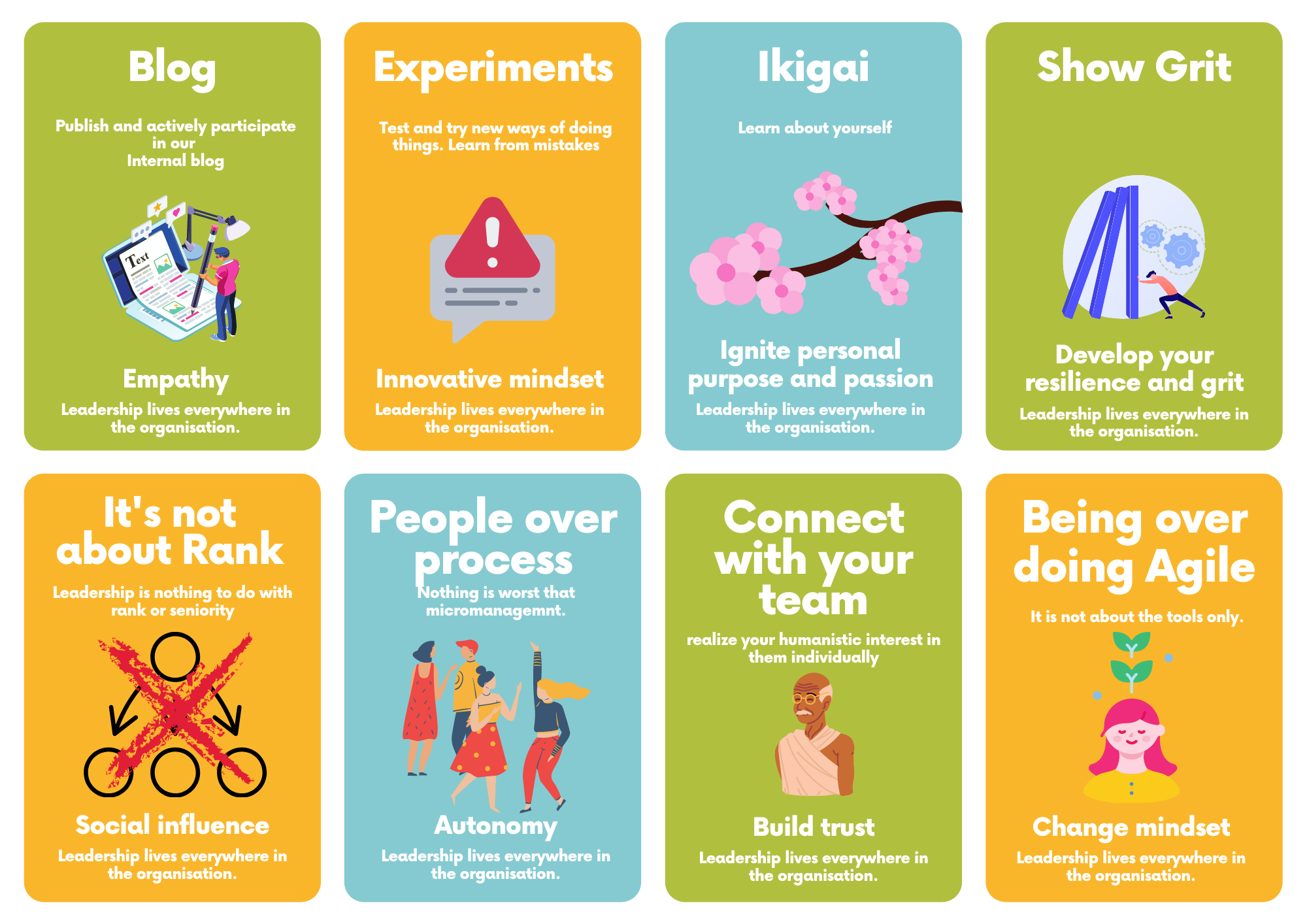 Click to enlarge
Click to enlarge
Hi, I'm Avi, I do graphic design for AFRINIC - so all those designed images originate from my desk. I am passionate about branding and thankfully I have the opportunity to brand and creatively communicate the services AFRINIC offers.
We have been trying hard to implement an Agile culture here at AFRINIC by taking part in various workshops and training, primarily in a transactional way and most of the time I did not feel my responsibility for the success. Like most teammates, I have my core duties, and I was not convinced I could act as an Agile Leader myself. Little did I know that I misinterpreted the title and did not believe I could be part of this movement or even drive it.
" Recently in our VUCA world, calamity struck. It caught us completely off guard; it was not even on our recent VUCA exercise Jamboard! "
Our CEO inspired us to achieve a milestone in 2 weeks. He only shared his intent. There was no time to focus on the bits and pieces; there were no specifications or processes to follow. It was a blank canvas, and our survival depended on it. Here I learnt that leadership was not exercised through authority or expertise but rather through creating a culture of participation.
We were on a project with a common purpose, finally. It was a unity we had rarely experienced and which was well needed. We were on a mission where we could organise ourselves within a few days before launching it. We asked for more volunteers within the team and offered appropriate support for them to execute the service on their own. The initial group encouraged leadership at all levels, and the group grew big in just a few days. We experimented, failed and learned quickly various ways of doing the project correctly. It was a continuous iteration until we came up with something presentable.
I feel connected with the purpose; no matter how small my task is, I think I contribute to something much bigger. I mainly created a slack channel for the project and changed a few font and font sizes here and there. The little conversation I had with our CEO was relatively informal but addressed essential concerns. I have seen all of us working in a way that is not limited to our job description and felt we own our organisation and its success was our success. There was psychological ownership of the project. The common purpose was of more value than our gain.
It was, at times, exciting and disappointing, too.
We are all Agile Leaders through our actions right now. Thanks to this ongoing crisis, we are forced to cut down on the real purpose that was so hard to figure out.
It is time we recognise this leadership spirit at all levels and give ourselves kudos.
 |
Avi. K,
|

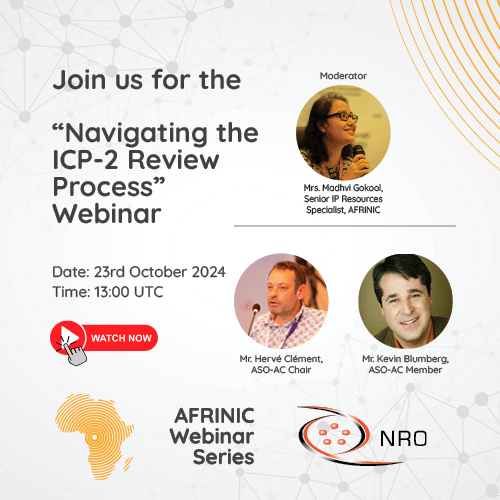
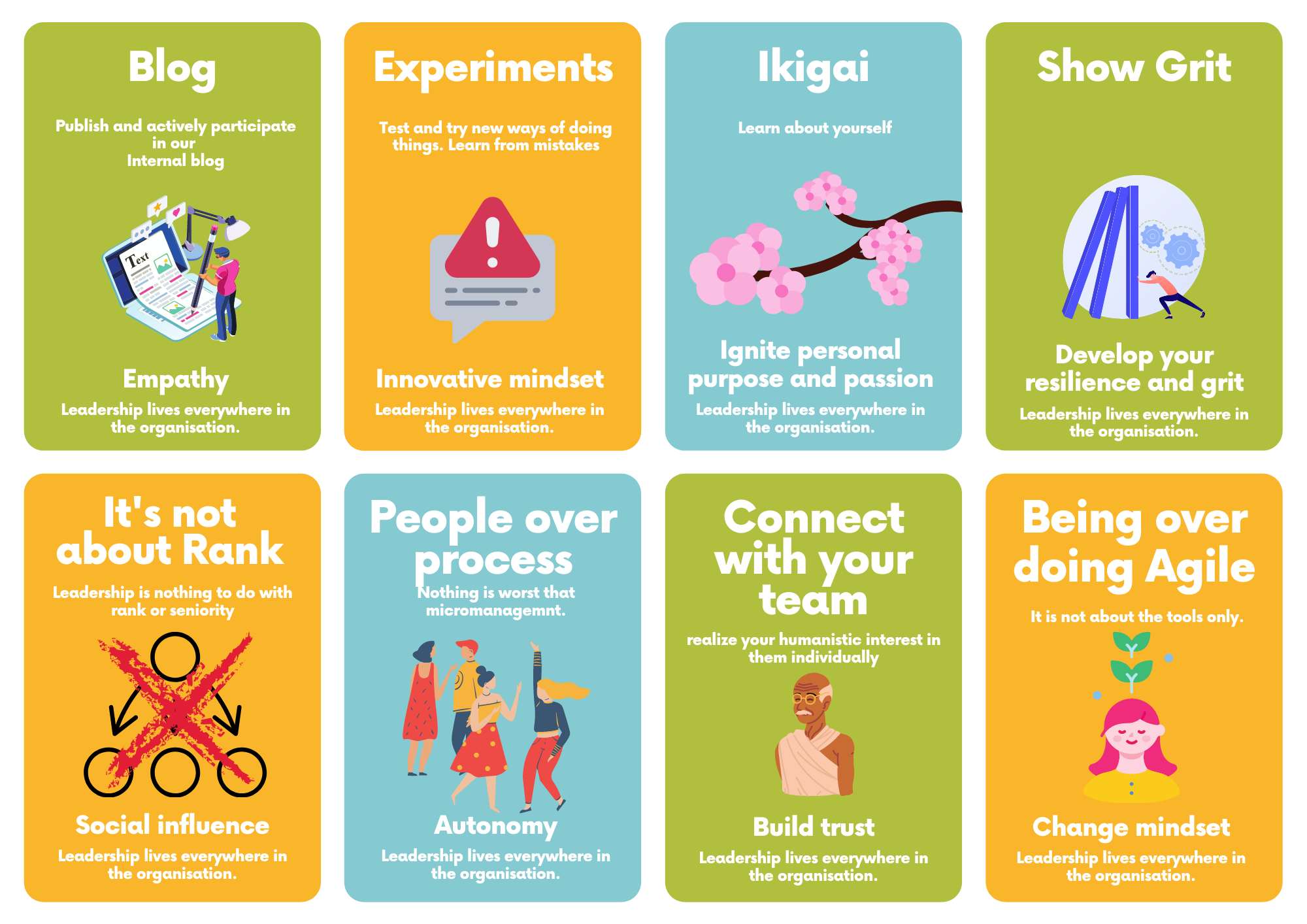
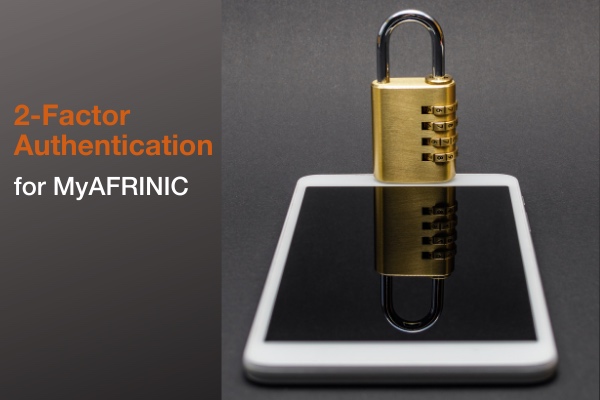
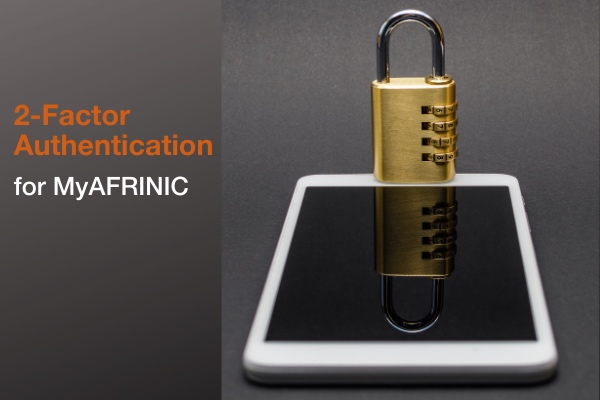 Two-factor authentication (2FA), sometimes referred to as two-step verification or dual-factor authentication, is a security process in which users provide two different authentication factors to verify themselves. This process helps to protect better both the user's credentials and the user’s resources.
Two-factor authentication (2FA), sometimes referred to as two-step verification or dual-factor authentication, is a security process in which users provide two different authentication factors to verify themselves. This process helps to protect better both the user's credentials and the user’s resources.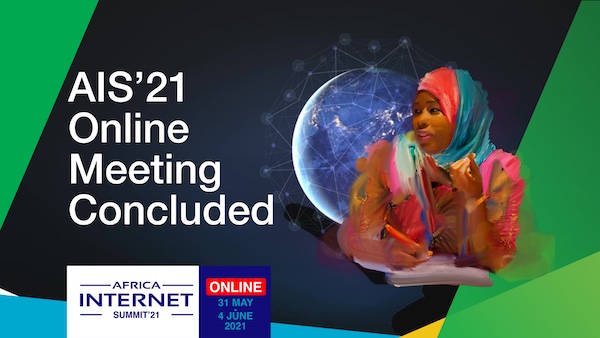
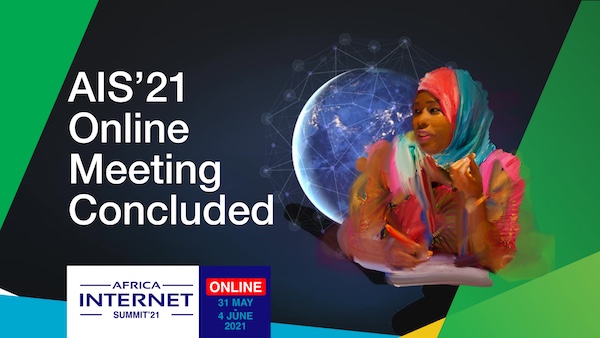 The African Network Information Centre (AFRINIC) in collaboration with the Africa Network Operators Group (AfNOG) have proudly concluded the second AIS’21 virtual conference.
The African Network Information Centre (AFRINIC) in collaboration with the Africa Network Operators Group (AfNOG) have proudly concluded the second AIS’21 virtual conference.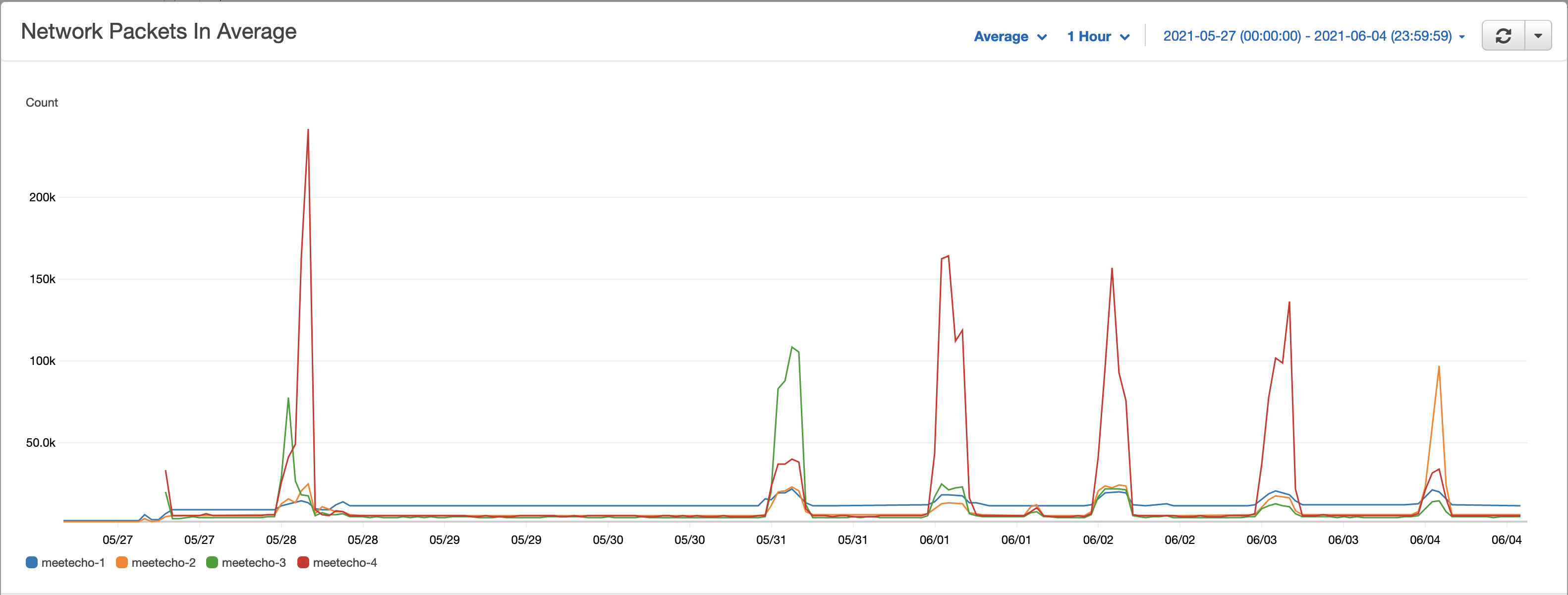
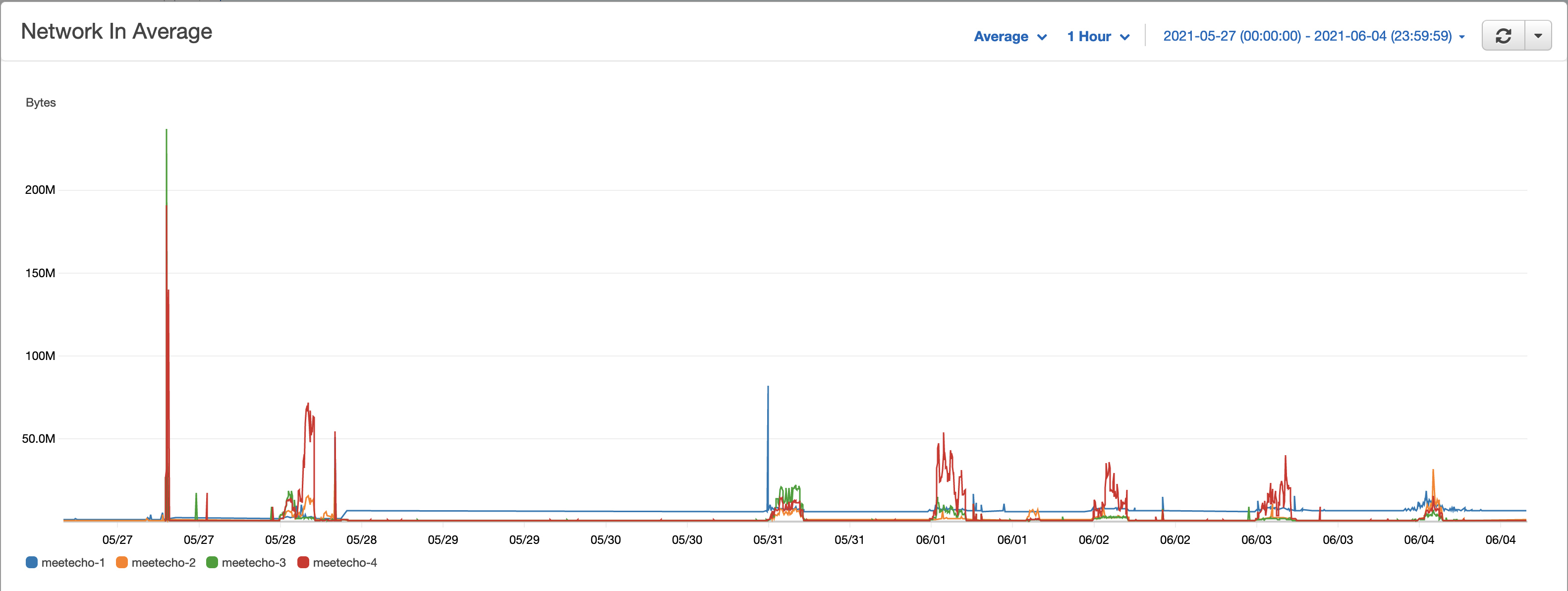
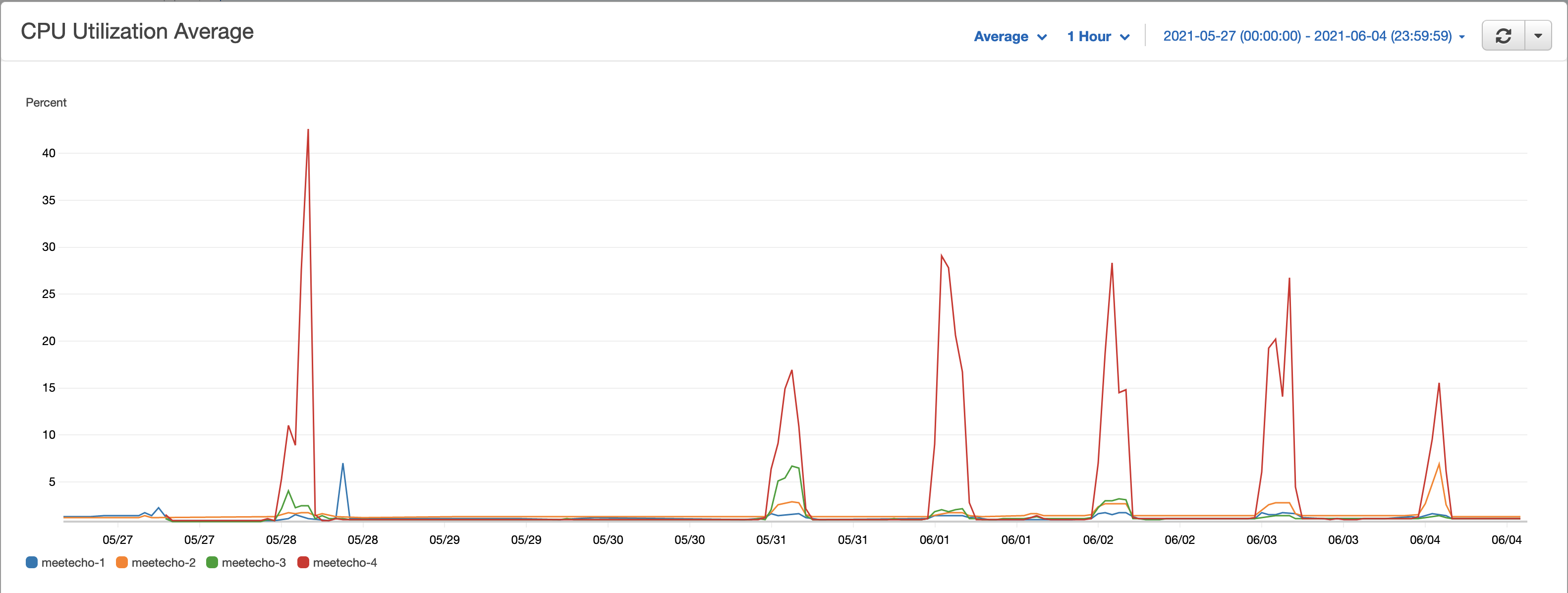
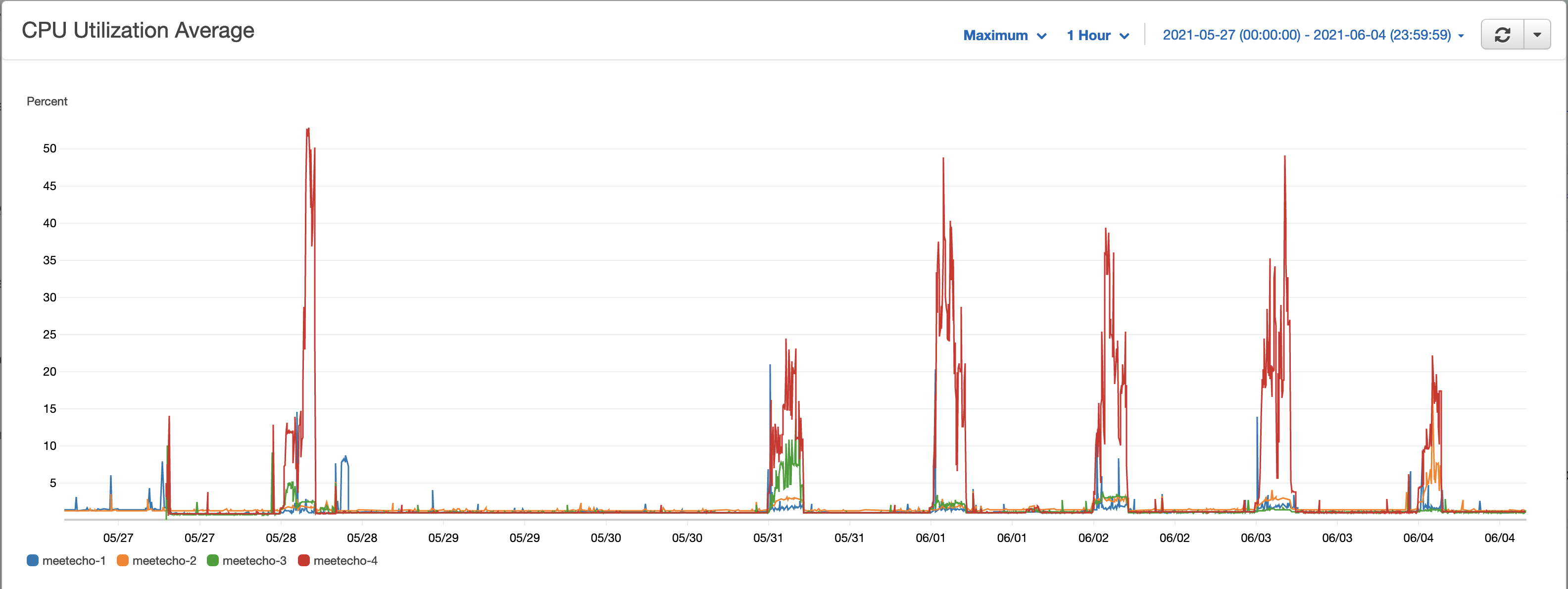

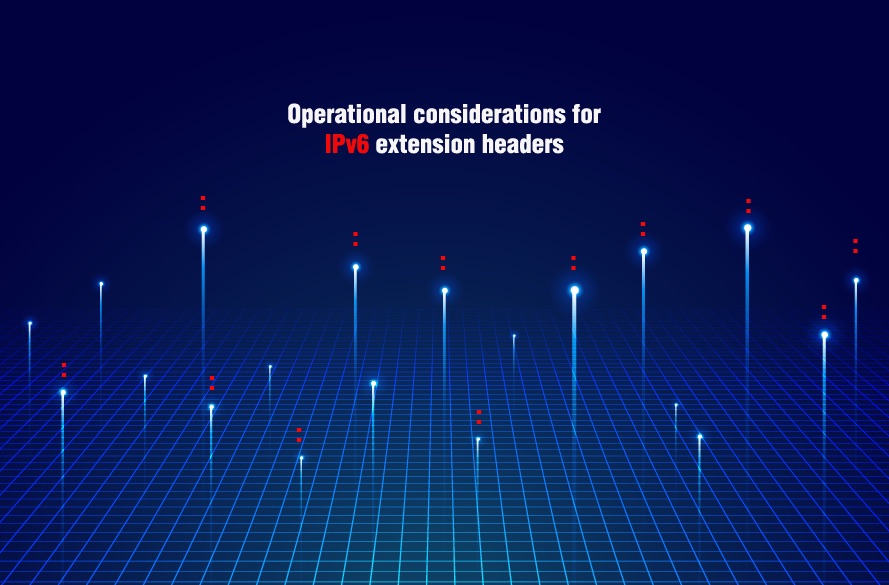
 IPv6 Extension Headers
IPv6 Extension Headers
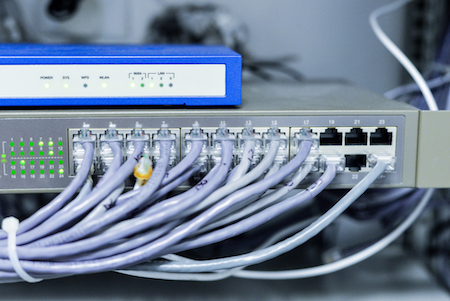
 AFRINIC has implemented the
AFRINIC has implemented the 